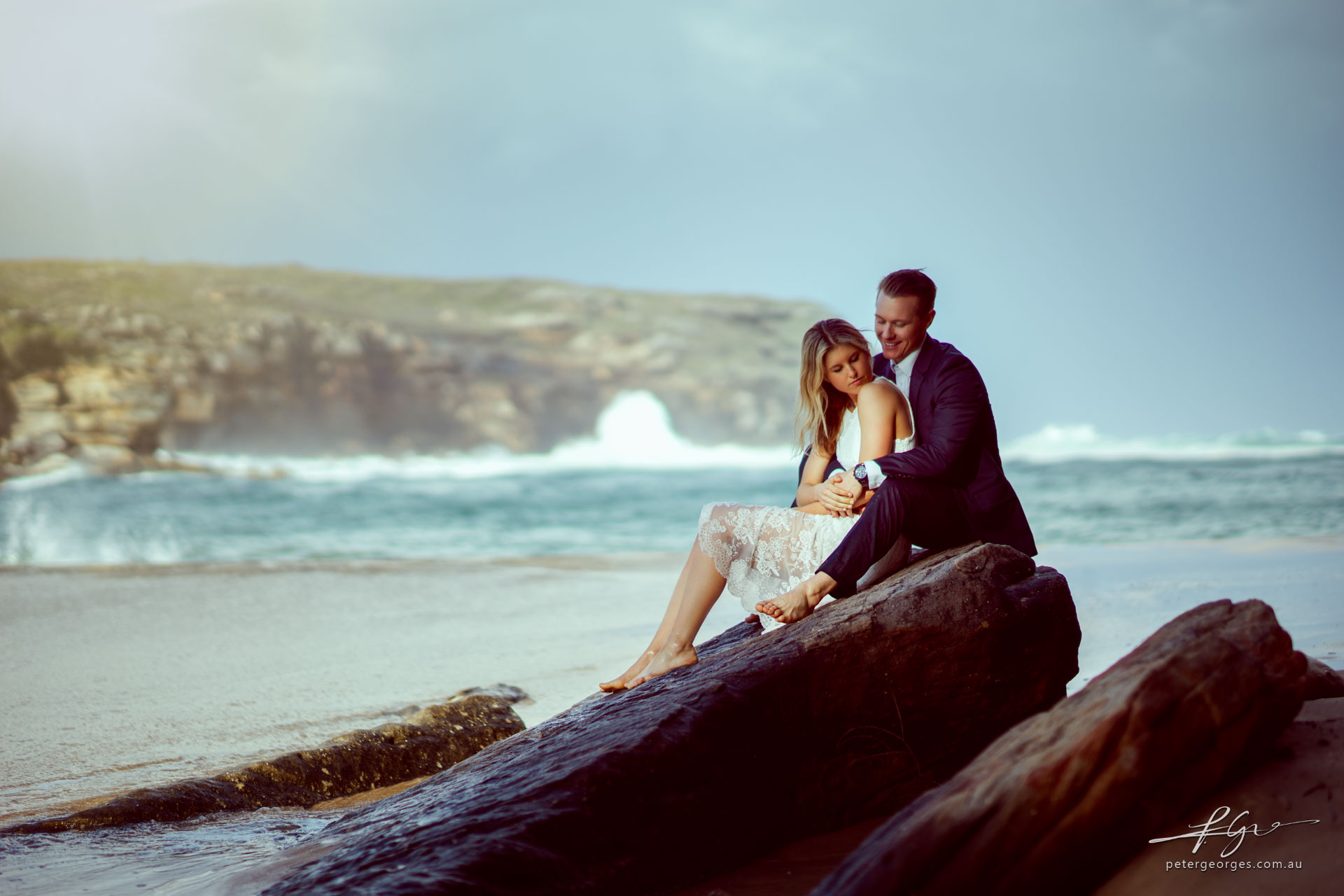
A Professional Wedding Photographer’s Perspective on Switching to Sony Mirrorless
by Peter Georges
Excluding short interludes with cameras from Nikon, Fuji and Leica most of my photography life has been centered on Canon DSLRs.
Although it functioned as my workhorse system, I was never completely satisfied with what was on offer from Canon. Issues of sensor technology aside, DSLRs have issues pertaining to focus accuracy once higher megapixels are involved. Issues relating to mirror slap and the lack of image stabilization on prime lenses also become difficult to deal with as the megapixel count rises. As I would later learn, there are other advantages mirrorless systems offer that make it difficult to go back to a DSLR camera.
Read on to find out why I made the switch to Sony Mirrorless, why DSLRs are history for my style of photography and what I think remains to be done to completely seal the deal.
A7RII
The Early Steps
Initially it was the Sony A7s that drew me in. Sony became professionally acceptable for video use well before photography. It makes sense doesn’t it? Autofocus does not factor into the equation very much allowing an easy jump into a new camera body while adapting your existing Canon EF lenses with ease.
It stoked my curiosity with regard to the viability of the A7 system for professional photography. I picked up a Sony A7II and the Sony FE 35mm f/1.4 Lens and after some heavy testing went in to my next wedding with that combo. A Canon 5d Mark III kit was available as backup and tele reach. It worked! Almost…
A7II + 5d Mark III wedding: http://www.petergeorges.com.au/jonathan-monica
Although I delivered some of my best images, the Canon had to come out more often than I’d have liked. Unfortunately the A7II wasn’t completely ready. Poor tracking, no continuous autofocus when using eye detect and poor low light autofocus meant the 5d Mark III had to be used for the bridal entrances and for almost the entirety of the reception. Although the A7s was better at picking up focus in low light conditions, the lack of phase detection meant it was simply too slow to capture people in motion.
A7RII
The Camera That Changed Everything
Then – almost as if to immediately curb my disappointment in the autofocus performance – the Sony A7rII was announced and I picked up mine on the day of release.
All of a sudden I could use continuous eye detect focus (a revolution in itself), focus in low light and track subjects coming toward me with ease.
A problem with mirrorless cameras is the lack of support for firing IR flash beams to achieve low light autofocus. I believe it’s to do with the autofocus points being on sensor which is behind an IR filter. They need to be many stops better in low light conditions compared to a DSLR to compete. The advantage they do have however – unlike DSLRs – is that the autofocus operates based on the aperture of your lens rather than a fraction of the light being passed by the mirror to a separate autofocus sensor. In all my experiences so far the A7rII with a 35mm f1.4 can achieve focus even in extremely dark club environments.
As high megapixel DSLRs make the job of producing sharp images more and more difficult, the A7rII has the perfect storm of technologies that make it easier than ever:
• Image Stabilization which is applied to all lenses including f1.4 primes
• The traditional mirrorless strength of accurate focusing, without the need for per-lens focus tuning
• The lack of mirror slap
• The lack of shutter vibration thanks to an electronic first curtain shutter
• Continuous eye detect autofocus, since getting critical focus on the eye is always key
Add that with a WYSIWYG view on your exposure and it means a staggeringly high hit rate. Allowing you to focus on making great artwork rather than managing the technical aspects of photography.
I happily said good bye to chimping.
Full Sony mirrorless wedding: http://www.petergeorges.com.au/ryan-georgie
A7RII
I can’t say enough about the joys of having a tilt screen with the same focus capability as the EVF. It has been a mini-revolution. I rarely hold the camera up to my eye and thanks to IBIS I don’t receive a penalty for the slight loss of stabilization. This has allowed me to experiment with creative angles so much quicker than having to move my whole body into position. Once again it is a culmination of features which makes it impossible to go back to a DSLR.
Current Limitations and the Future
It will only take one or two more generations at the rate Sony is going to completely close the gap on the remaining DSLR advantages: speed, durability and native lens selection. There is no technological reason at all why it won’t happen – and quicker than many expect. Mirrorless cameras have the potential to do everything a DSLR can do. The reverse is not true.
Speed is the key. With faster and faster sensor read outs and more advanced onboard image processing the disadvantages of mirrorless melt away.
A7RII
I do have some issues with the current implementation however, so to Sony I say:
• Give us dual SD slots throughout your A7 model range! This is absolutely critical especially if you want to capture the wedding market. Don’t leave this to the mythical A9, put it in the A7iii. This should be a standard and not a way to get people to buy a camera with features they don’t need. At the moment I’m forced to back up my images multiple times throughout the day because SD cards can and will fail.
• Work out a nice solution for moving the focus point. There are situations where there are no eyes to detect and a simple joystick would do wonders. The current system is an ergonomic nightmare.
• Consider releasing larger and more durable models with better battery life.
As for Canon and Nikon? I predict they will eventually strip the mirror box from future generation 5d’s and D810’s while retaining fast autofocus with EF and F mount lenses. They would be absolutely crazy to get rid of their lens advantage. They won’t have the smallest or lightest cameras, but they will be smaller and lighter than they currently are. More importantly, not a single one of my reasons for moving to mirrorless was size or weight.
I’d like to thank Steve for letting me contribute to the site.
Peter Georges
http://www.petergeorges.com.au
https://www.facebook.com/petergeorgesphotography

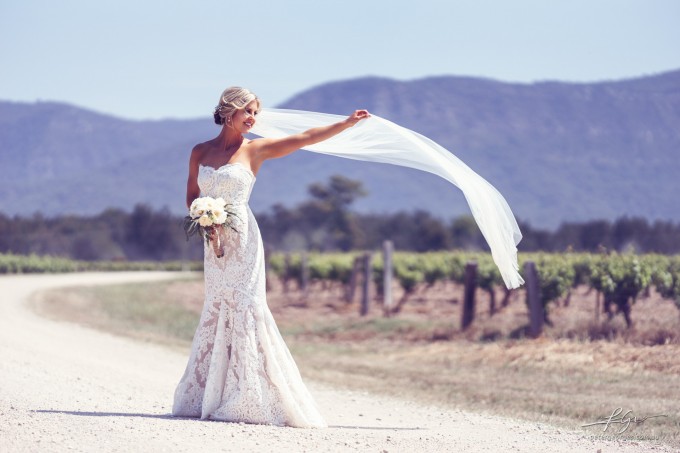
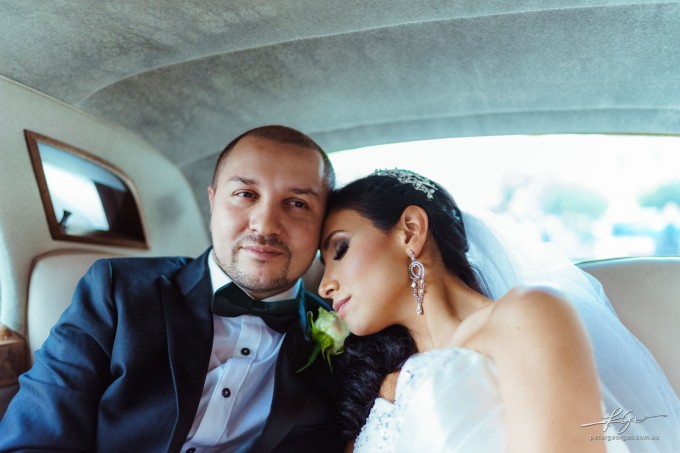
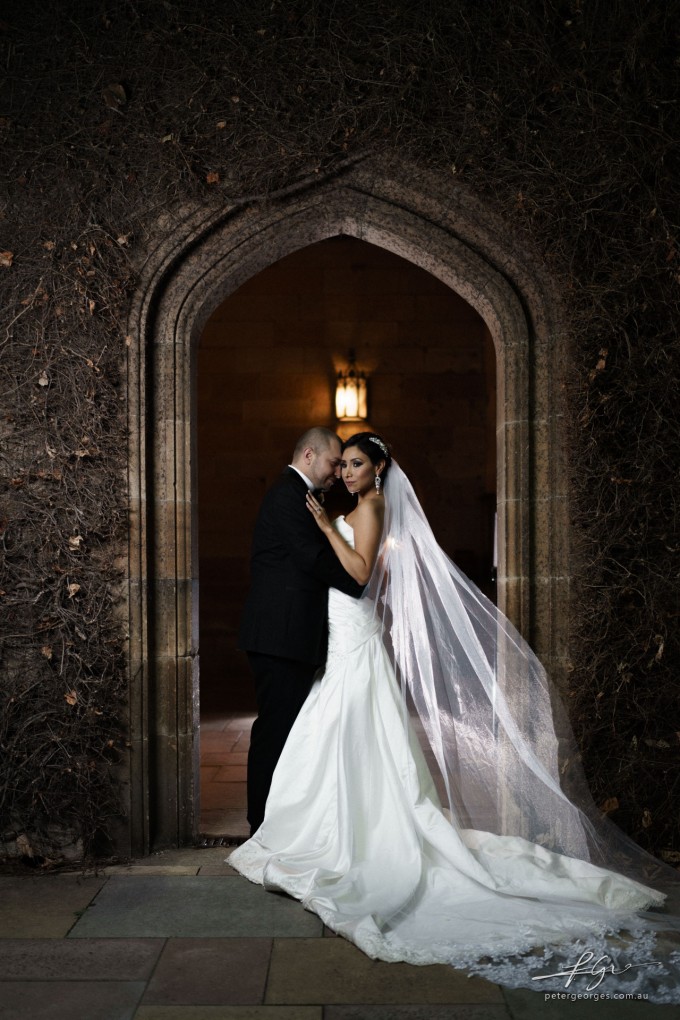
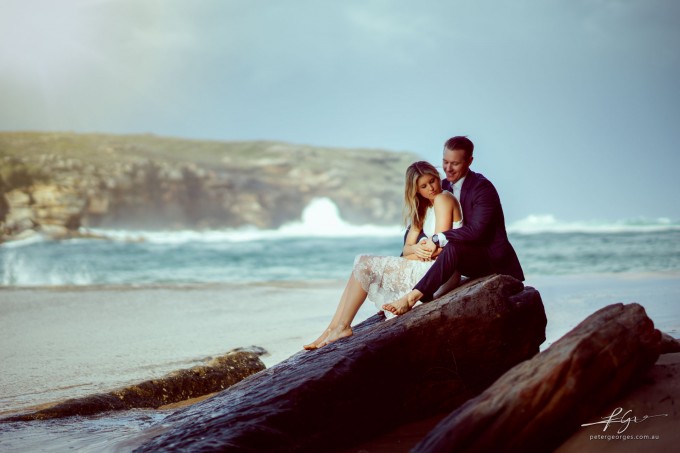


I have two d750 bodies and a D600. I only waiting dual sd card on A7III or something like this do change.
Beautiful photography here and on your site. I have to say I love Leica rangefinders and think the Sony A7’s are brilliant cameras -but I have nothing against DSLRs either.Most of the photographers I know and admire all use Canon or Nikon DSLRs and see no reason to change ?
No disputing anything you have said mind.
Just a note. Your pics have a blue tinge. Is that your preference or a result of wrong monitor calibration
Even the Sony A6000 is a great wedding camera, I use mine with vintage Canon FD lenses.
https://scontent-bru2-1.xx.fbcdn.net/hphotos-xaf1/t31.0-8/920657_1719453254955933_3233977395183447405_o.jpg
https://scontent-bru2-1.xx.fbcdn.net/hphotos-xat1/t31.0-8/12465823_1719460251621900_6190921924118991051_o.jpg
I very much enjoyed this article as well as the pictures. Great work and thank you for posting.
Wow!
Peter you have an amazing eye for the perfect shot. I’ve looked at your portfolio and your work is simply stunning. When I get married in (?) years time I want you to be my photographer! Bravo!
With pleasure 🙂
Stunning images!!!
I agree that dual SD card slots is a must for weddings.
I wanted to comment that I’ve found two workarounds for the focus point selection problem. I just configure C1 to focus mode. Then when you press C1, you can move the focus point with the scroll wheels.
Alternatively, some of the tracking modes let you select a small center point, and then move the camera to recompose. It keeps tracking that object surprisingly well. I haven’t tried this in the field yet, but it seems like this would be more efficient than using a joystick.
By the way, once EVFs get large enough magnification, it will be possible to move the focus point with the pupil of your eye. Good times up ahead…
In addition to my commercial shooting, I shoot about 15 weddings/year. Only my Canon D-series body has 2 slots. I also use my Leica M for about 50% of the wedding imagery, as well as a 7D for backup. Without the 2 card slots, I always feel like I’m playing Russian Roulette.
Cheers guys, I use the Nissin Di700a flash with the Air commander which works very well for me. I generally do keep flash use to a minimum and the dynamic range of the Sony sensors lets me take great advantage of the natural light.
per your last three points:
1) Agreed, dual SDs are a must. Fuji even has them now which should help sony see the need.
2) I would LOVE a “joystick” like DSLRs or even the new x-pro2. But, did you set up your a7ii and a7rii with the option so all you have to do is press the center button and then either the dual dials work -or- the 4-way? It’s not the stock option but it works VERY well once you relearn to press the center button first. When using this option the delete key also jumps the point back to the center. A side note here though is once moving the point, two more options would make things a lot better… a) let us “wrap” the point from the left side around to the right instead of crossing over all the points in the middle. b) let us limit the number of points, I don’t need 399 points!
3) this one is tough as some people like small, some don’t or at least prefer battery life. Use the grip when you want more battery but I’m all for longer lasting batteries. What about a grip that has it’s own dedicated battery similar to a canon 1-series battery that’s even bigger than 2x of the normal batteries?
Nice write up.
I have my camera set up that way. The problem is if you rotate the wheel in either direction while moving the focus point, it switches mode. In the heat of the moment it happens way too often because the wheel has very little resistance.
The dual dials do my head in, trying to use dials like that to move in an x-y axis is strange.
I’d be happy with a joystick or even direct touch screen focus point selection.
Peter,
You certainly know your craft. Your work is very professional. You’ve listed some solid reasons for switching from Canon to the Sony A7Rii. And you’ve shown how despite the fact that it may not be perfect, the quality it gives you overrides those considerations.
A wedding is not something you can recapture something you miss. I haven’t had an SD card failure either, after nearly 200,000 exposures, but once is enough if your reputation is on the line.
I’ve had an A7ii for over a year, and one of the first A7Rii delivered in late June. I have yet to need a flash, however I do events and not weddings. Sony makes several decent shoe mount flashes with are totally integrated to the camera. The nice thing about the A7 is flash batteries last forever at ISO 800 and above – just a wink to fill in the shadows. ISO 800 is almost indistinguishable from the results at 100, and ISO 25,600 yields publishable results. With a 13 stop dynamic range, even shadows in room light present no special challenge, sans flash.
I don’t think any of the examples in this post were taken with flash, or it was used so skillfully as to keep the ambience.
Personally, I hope that they don’t get rid of the mirror box on the 5D series – I prefer optical viewfinders. However, I expect Canon and Nikon are going to have to learn sooner rather than later that mirrorless is here to stay. Is it sacrilege to mention liking DSLRs on this site? That aside, nice photography though – proves the point that regardless of the camera its the person behind it that makes the shots! I could imagine many a bride being happy with these images!
Good post. A few questions for you…
-you said “forced to back up my images multiple times throughout the day because SD cards can and will fail.” I’ve used SD cards on my M240 for close to 3 years without a card failure. Am I just lucky?
-what on-camera flash unit do you use with the Sony? When using Canon, I use an on-camera 580, and at the reception, also add a LumoPro 180 triggered via radio slave. For my M240, sometimes I do need to use a flash, using the fully manual LumoPro with good consistent results.
“you said “forced to back up my images multiple times throughout the day because SD cards can and will fail.” I’ve used SD cards on my M240 for close to 3 years without a card failure. Am I just lucky?”
Yes you are – saying that I haven’t had a card (SD or CF) fail on a job but I have had one fail when I’m working on personal projects. The killer for me was on film – I had an unofficial photographer at my sisters wedding many years ago and was shooting film – I lost a 36 exposure film – lost in the post!
Since then I shot on 12 exposure rolls and took the view that the 5 minutes (then) to change a roll of film was worth the security. I shot for years on Canon 5D’s (Mark 1 and Mark 2) and shot on small cards and changed often – if one fails or gets lost you haven’t lost too much although saying that wouldn’t help the client you were working for.
It only takes one failure to damage a reputation – Small Cards and Regular Backup (if you haven’t got twin slots) 30 seconds to change cards and perhaps 5/10 minutes at a couple of times per day to backup
Absolutely stunning images- nice work. I enjoyed the convenience and results from the A7ii, but I just can’t get past using a electronic viewfinder- I feel like i’m plugging into a computer that takes photos, instead of using a camera that uses a computer to process images (but to each his own, i suppose).
It’s good you are able to get past that- your clients must obviously be happy. Keep up the great work.